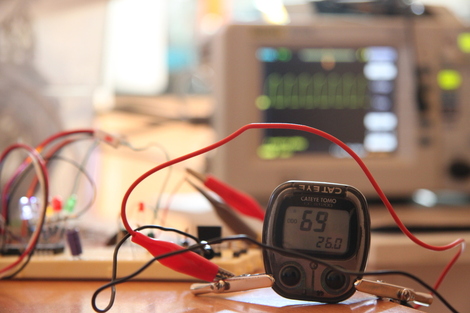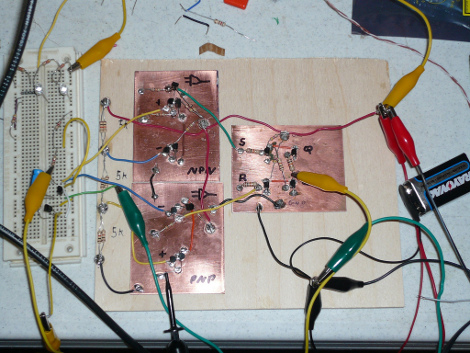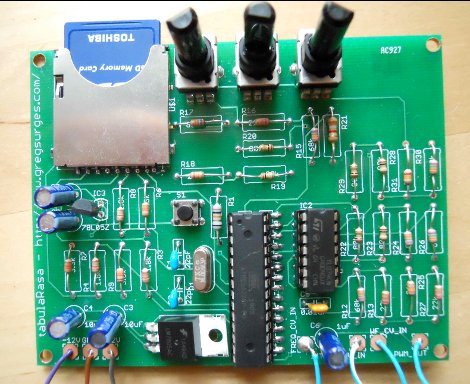
[jonh] religiously tracks the miles he rides on his bicycle. When his odometer’s battery started getting low, he wanted a way to run the miles up to where they were before, since replacing the battery resets everything to zero. [jonh] used an Atmel microcontroller to run up the miles on his bike computer so he could pick right back up where he left off. There is definitely a Ferris Bueller’s Day Off joke in here somewhere.
The bike computer itself is designed to plug into a base that connects to a magnet-triggered reed relay. It uses a wheel-mounted magnet to count the number of revolutions made and thus the distance traveled. [jonh] hooked up a simple microcontroller-driven circuit to these connectors to trick the bike computer into thinking it was moving, and moving fast! Since he knew the number of miles he wanted to sandbag onto the odometer, he was able to program it to run up the proper amount of miles and then stop. There’s no source code listing for the project, but this shouldn’t be too hard to reproduce. He provides a pencil-drawn schematic for the connection to the cyclometer from the microcontroller. At the end, there’s also some sage advice for those of you who are interested in building a decent hardware hacking lab on the cheap.














